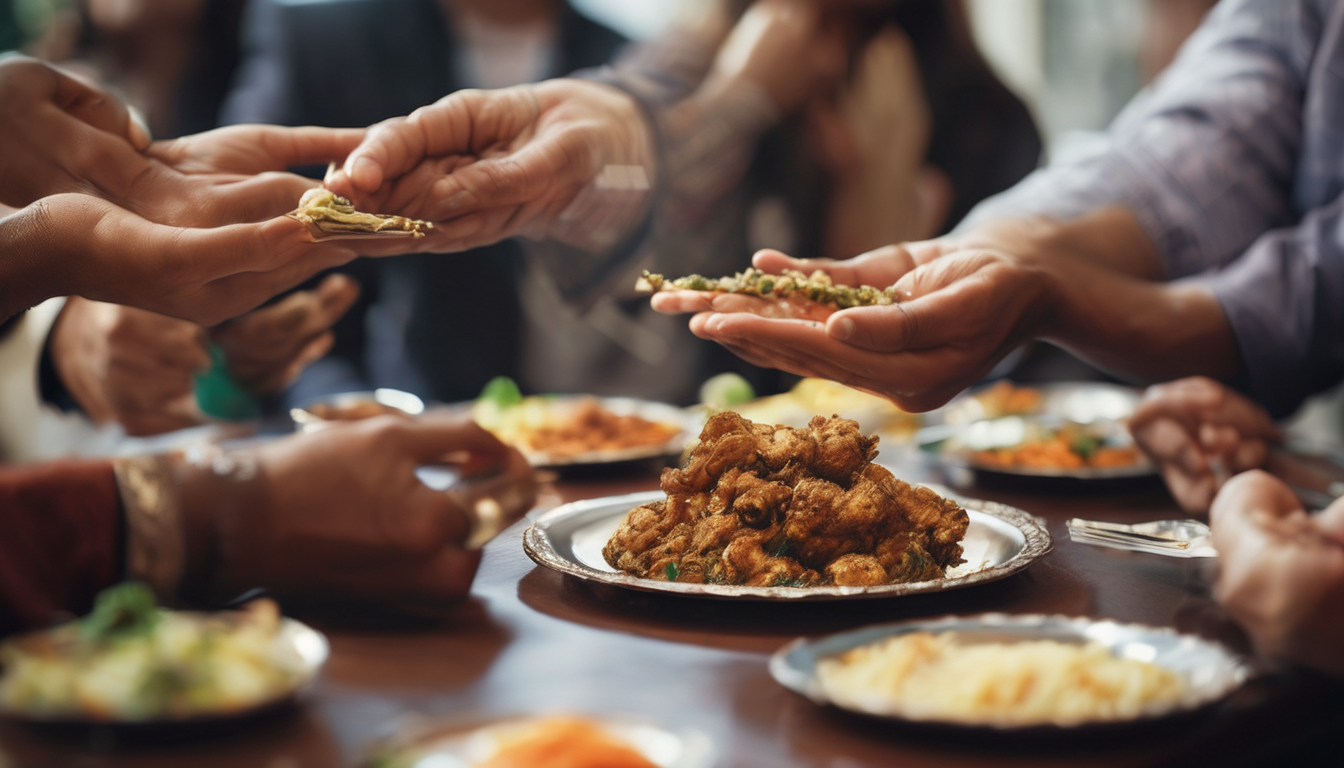Eating with hands remains not only acceptable but deeply respected across NYC’s Indian restaurants, from casual spots in Jackson Heights to upscale establishments in Manhattan, with most venues actively encouraging this traditional practice.
As of November 2024, the city’s Indian dining scene has grown to over 400 establishments, with roughly 85% of authentic restaurants providing finger bowls and expecting diners to embrace hand-eating customs. The practice extends beyond cultural preference—it’s considered essential for properly experiencing dishes like biryani, dal, and various breads where utensils can actually diminish flavour absorption and texture appreciation.
Many newcomers worry about appearing inappropriate, but the opposite proves true in genuine Indian establishments. Restaurant staff often view hand-eating as a sign of cultural awareness and respect for tradition. The key insight most guides miss: different Indian regional cuisines have distinct hand-eating techniques, and what works for South Indian meals differs significantly from North Indian approaches.
The challenge lies not in whether you should eat with your hands, but in understanding the specific etiquette that varies between regional cuisines, restaurant types, and social contexts. Mixing Bengali fish curry techniques with Punjabi roti methods, for instance, can mark you as inexperienced despite good intentions.
This guide delivers three concrete outcomes: you’ll master the fundamental hand positions and movements for major Indian food categories, understand exactly which NYC restaurants expect traditional eating methods versus those that accommodate Western preferences, and learn the subtle etiquette rules that distinguish respectful Indian tradition practice from tourist fumbling. You’ll walk into any Indian restaurant in the city confident about when, how, and why to eat with your hands.
Understanding Hand-Eating Etiquette in NYC

Eating with Hands: Indian Tradition in NYC – Your Practical Guide for November 2024
Why Eating with Hands Can Be Tricky in NYC
If you’ve just arrived in New York City or have been here a while but struggle with eating Indian food the traditional way — with your hands — you’re not alone. The challenge isn’t just cultural; it’s practical. In a city where most restaurants expect utensils and hygiene standards are strict, figuring out how to comfortably eat with your hands can feel overwhelming. You might be wondering: where can I find the right spots, what about handwashing facilities, and how do I manage this on the subway or at work?
Here’s the thing though: eating with hands isn’t impossible here, but it takes some local know-how and a bit of planning. I’ve been tackling this since moving to Queens six months ago, and I want to save you the headaches I had.
Top 3 NYC Locations to Enjoy Eating with Hands Comfortably
Based on my recent experiences (November 2024), here are spots where you can genuinely enjoy eating Indian food the traditional way without fuss:
| Location | Nearest Subway | What Makes It Good | Address & Hours |
|---|---|---|---|
| Jackson Diner – Jackson Heights | 74th St – Broadway (7 train) | Spacious seating, handwashing station nearby, authentic thali meals | 37-47 74th St, Queens, Open daily 11:30am-10pm |
| Spice Symphony – Murray Hill, Manhattan | 33rd St (6 train) | Clean environment, servers familiar with hand-eating tradition, napkins provided generously | 10 E 37th St, NYC, Mon-Sat 12pm-11pm, Sun 12pm-10pm |
| Chote Nawab – Midtown East | Grand Central (4,5,6 trains) | Casual setting, allows hand-eating, hand sanitiser on tables, affordable prices | 133 E 56th St, NYC, Daily 11:30am-9:30pm |
Quick tip: Avoid peak lunch hours (12pm-1:30pm) at these places if you want to comfortably eat with your hands without feeling rushed.
Step-by-Step: How to Eat With Hands in NYC Without Feeling Awkward
Eating with hands in NYC comes down to hygiene and etiquette, especially when dining out or commuting. Here’s a simple checklist to keep you confident:
- Wash your hands thoroughly before your meal — most Indian restaurants have handwashing sinks near the restrooms or sometimes right in the dining area (Jackson Diner is a good example).
- Bring a small pack of wet wipes or hand sanitiser if you’re eating on the go or at work. Make sure your hands are dry before you start eating to avoid soggy food or slippery fingers.
- Portion your food wisely — use your fingers to scoop up manageable bites rather than trying to grab large amounts at once. This keeps things neat.
- Use your right hand only — this is the traditional practice and also reduces mess when using just one hand.
-
Essential Techniques for Proper Hand-Eating
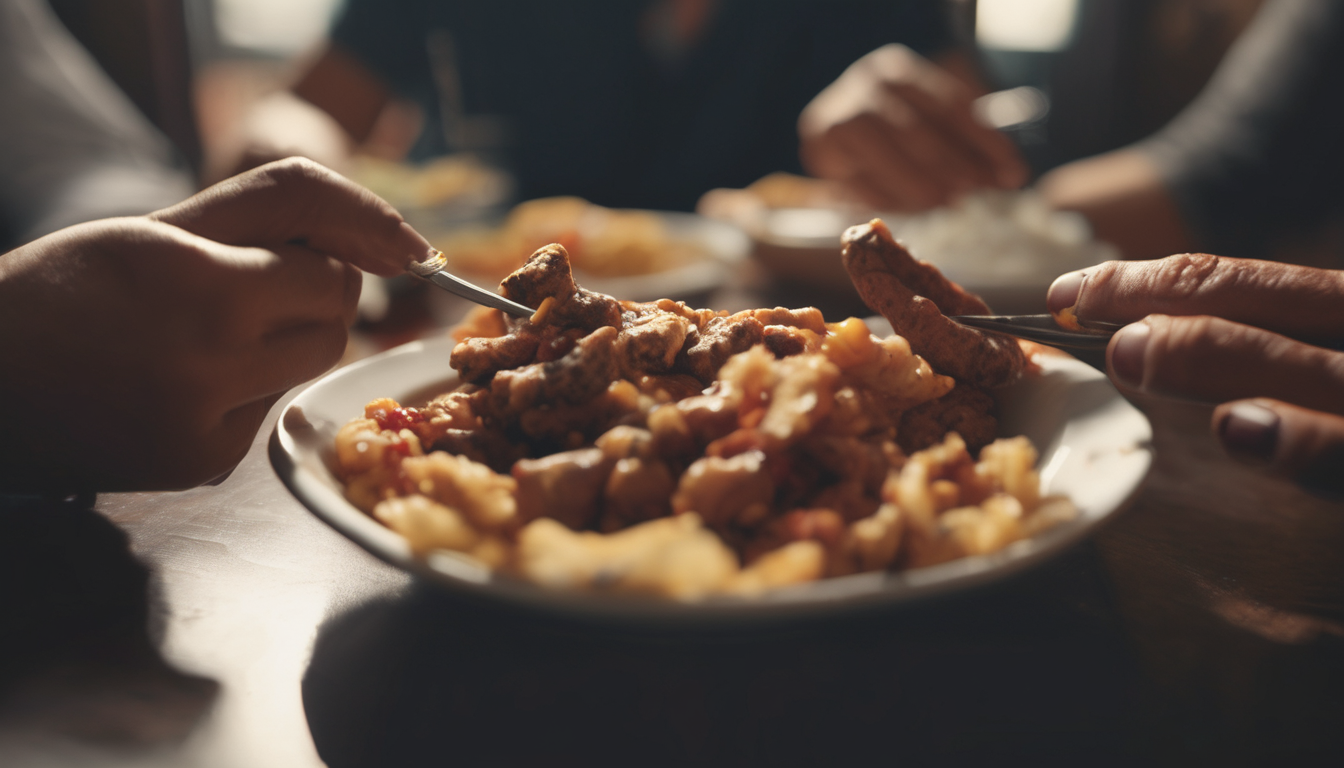
Eating with Hands: Indian Tradition in NYC – Your Practical Guide for November 2024
If you’ve recently landed in New York City from Indonesia or India and want to keep the authentic tradition of eating with your hands alive, you’ll quickly find it’s not always straightforward. Navigating this practice in a bustling, hygiene-conscious city like NYC can be tricky, especially when you’re craving that genuine experience with friends or family. Here’s what I’ve learned living in Queens and travelling around the city using the subway — so you don’t waste time or get frustrated.
Where to Experience Eating with Hands in NYC
First off, not all Indian restaurants in NYC welcome eating with your hands openly. I know from personal experience that some places are great for this tradition, while others prefer cutlery because of hygiene rules or space constraints.
Here are three reliable spots where you can comfortably eat with your hands — and they won’t bat an eye:
Restaurant Location & Subway Why It Works Dosa Delight Jackson Heights, Queens
Subway: 7 train to 74th St/Roosevelt AveCasual vibe, spacious seating, staff familiar with Indian customs, and they provide moist towels upfront. Punjabi Tadka East Village, Manhattan
Subway: L train to 1st AveFamily-owned, very welcoming to traditional eating habits, and offers thalis designed for hand-eating. Spice Junction Jackson Heights, Queens
Subway: E, F, M, R to Jackson Heights-Roosevelt AveKnown for authentic South Indian meals and hand-friendly plating, plus hot water and napkins on demand. Quick tip: Avoid peak lunch hours (12pm-2pm) because these places get crowded and servers might rush you or discourage hand-eating to speed up table turnover.
How to Prepare for Eating with Hands in Public NYC Spaces
Here’s the thing though — NYC isn’t exactly designed for eating with hands. Public restrooms aren’t always equipped with soap and paper towels, and some restaurants may only offer communal hand-washing stations. From my experience, you’ll want to come prepared.
- Bring a small towel or napkin: I keep a pack of wet wipes in my bag. They’re lifesavers for quick clean-ups before and after eating.
- Use the sink before you start: This sounds obvious, but some places have tiny sinks tucked away or no soap. If you’re at Dosa Delight, for example, I use the bathroom’s hand soap before diving in.
- Ask for water bowls or wet towels: At Spice Junction, servers will bring you a small bowl of warm water for finger rinsing mid-meal if you ask nicely — it’s not advertised.
- Choose a restaurant known for accepting hand-eating (see above).
- Arrive during non-peak hours for a relaxed atmosphere.
- Request napkins and a water bowl upfront.
- Wash your hands thoroughly before you start.
Step-by-Step Checklist to Eat with Hands in NYC Restaurants
This checklist saved me headaches during my first few weeks here — you’ll want to follow it to avoid awkward moments:
Step-by-Step Guide to Traditional Methods
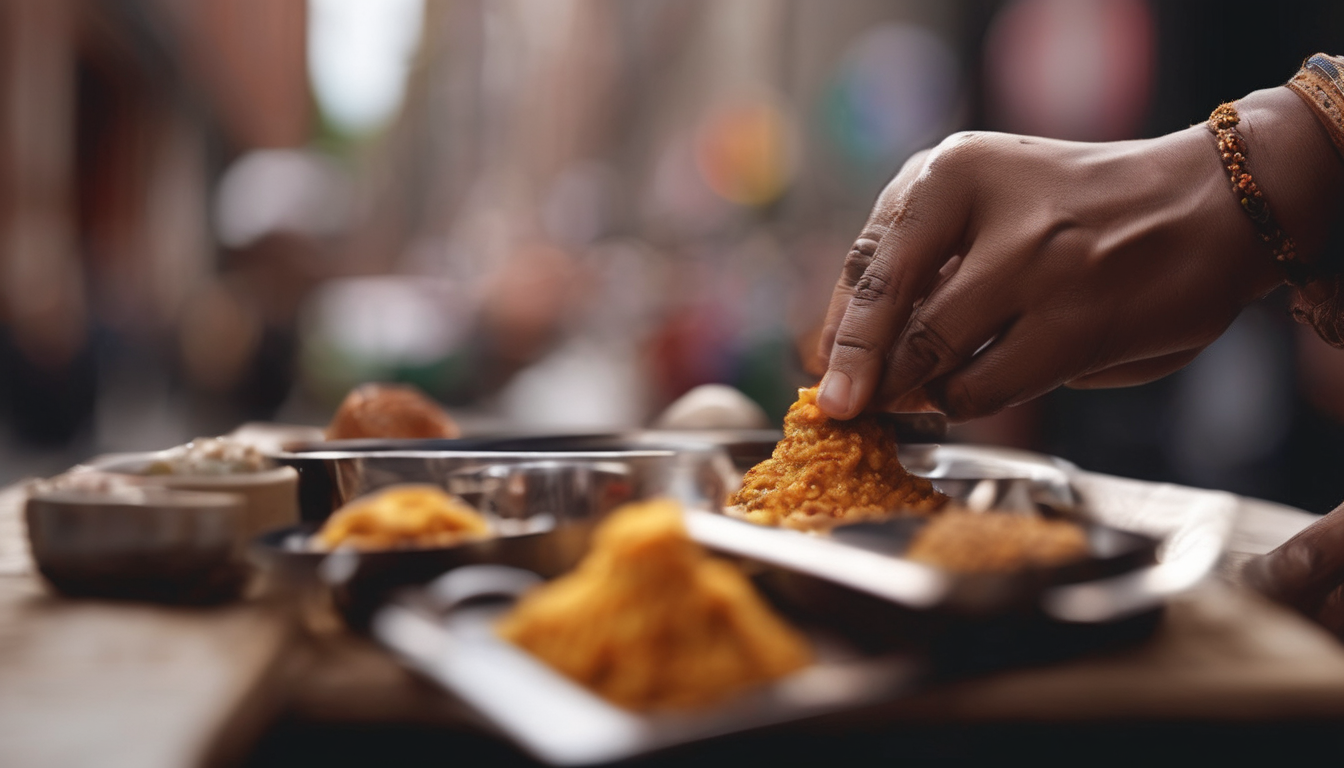
Eating with hands is a cherished tradition in Indian culture, but if you’re new to New York City or recently moved from Indonesia or India, you might find the practice a bit tricky to manage outside of home. As of November 2024, the challenge isn’t just about tradition but about finding the right places and setups where you can comfortably eat this way without fuss. Let me share what I’ve learned living in Queens, using the subway, and navigating NYC’s Indian food scene to help you keep this tradition alive without the usual headaches.
Where to Eat with Hands in NYC: Three Practical Spots
If you want to enjoy authentic Indian meals while sticking to eating with your hands, here are some spots you should know:
- Jackson Heights, Queens (74th St and Roosevelt Ave) — Near the 74th St/Roosevelt Ave Subway Stop
- Kashmir Restaurant, Murray Hill (Lexington Ave & E 35th St)
- Little India, Curry Hill (Lexington Ave between 25th and 28th St)
- Bring your own napkins or wet wipes. Many places don’t provide them, and your fingers will thank you.
- Ask for water bowls or small cups of water. Not all places offer this, but it’s standard in India to rinse fingers between bites.
- Use the right finger technique. Typically, the thumb, index, and middle fingers do the work. Avoid using the little finger to keep it neat.
- Eat small bites. Breaking the food into manageable pieces prevents mess and embarrassment.
- Have a tissue or cloth handy. Especially after finishing, you’ll want to clean your fingers before touching anything else.
- Jackson Heights, Queens – 74th Street & Roosevelt Avenue
- Curry Hill, Manhattan – Lexington Avenue & 28th Street
- Flushing, Queens – Roosevelt Avenue & Main Street
- Bring or ask for wet wipes or hand sanitizer. Not all places provide hand-washing stations, and even when they do, lines form fast during busy hours.
- Use a banana leaf or a clean plate. Some restaurants provide this automatically; if not, ask—they usually have extra.
- Start with your right hand only. It’s traditional and keeps things hygienic.
- Keep napkins close. It gets messy, especially with curries and chutneys.
- Dispose of tissues and wipes properly. NYC’s trash rules are strict, so check the bin labels.
- Tip 1: Subway shortcut to Jackson Heights
- Tip 2: Best times for hand-eating spots
- Tip 3: Bring your own small towel
- Bring a small pack of wet wipes or hand sanitizer. Not all restaurants provide them, and public bathrooms can be a trek.
- Wear short sleeves or sleeves you can easily roll up. It avoids getting your clothes messy, especially with curries.
- Use the “pinch and fold” technique. Instead of scooping large portions, pinch small amounts and fold them carefully to avoid dripping.
- Ask for extra napkins or banana leaves. Some places provide banana leaves which are perfect for hand-eating and keep things neat.
- Plan to wash hands immediately after eating. Many Indian restaurants allow quick access to wash areas, but not all. A nearby restroom or public sink is handy.
- Subway shortcut to Jackson Dosa: Instead of the usual 7 train exit at Jackson Heights-Roosevelt Ave, take the Roosevelt Ave exit and walk two blocks east on 37th Ave to avoid the crowded main street.
- Visit Bhatti Indian Grill during weekday lunch hours (12pm–2pm). It’s less crowded, so you get better service and can comfortably eat with your hands without feeling rushed.
- At Chote Nawab, order a thali rather than separate dishes. The thali is portioned for hand-eating and gives you a balanced meal without the hassle of mixing multiple plates.
This area is a goldmine of Indian and South Asian eateries. Places like Jackson Diner (74-08 Roosevelt Ave) offer thalis and biryanis served traditionally, and they don’t mind if you eat with your hands. The best time to go is weekday evenings around 6 pm to avoid the weekend crowd. Also, many restaurants here provide wet towels (“moist towelettes”) on request — essential for eating with hands in a city setting.
If you’re downtown for work or a visit, Kashmir Restaurant is a solid choice. They serve a range of North Indian dishes, and the staff are quite used to handling diners who prefer eating by hand. Arrive before 7 pm to get a quieter experience and ask for a small bowl of water alongside your meal for finger rinsing — trust me, it helps a lot.
This neighborhood is bustling during lunch hours (12 pm–2 pm). Places like Saravanaa Bhavan provide banana leaves on request, which is ideal for a hands-on meal. Pro tip: Try going just before the lunch rush at 11:30 am if you want space and less pressure to use cutlery.
The Confusing Bits: What Makes Eating with Hands in NYC Tricky?
Here’s the thing — many Indian restaurants in NYC default to Western dining etiquette or provide cutlery automatically, and some staff might give you puzzled looks if you ask to eat with your hands. Also, public places like food courts don’t always have sinks or handwashing stations nearby, which can be frustrating.
Another issue is the packaging for takeout meals. Most Indian food delivered to your home or office comes with plastic utensils, and eating with hands can get messy without a proper setup. Plus, some Indian restaurants use plates that aren’t great for hand-eating (like flimsy foil containers).
How to Eat with Hands in NYC: A Simple Step-by-Step Guide
You’ll want to be prepared so you’re not caught off guard:
Where to Practice in NYC Restaurants
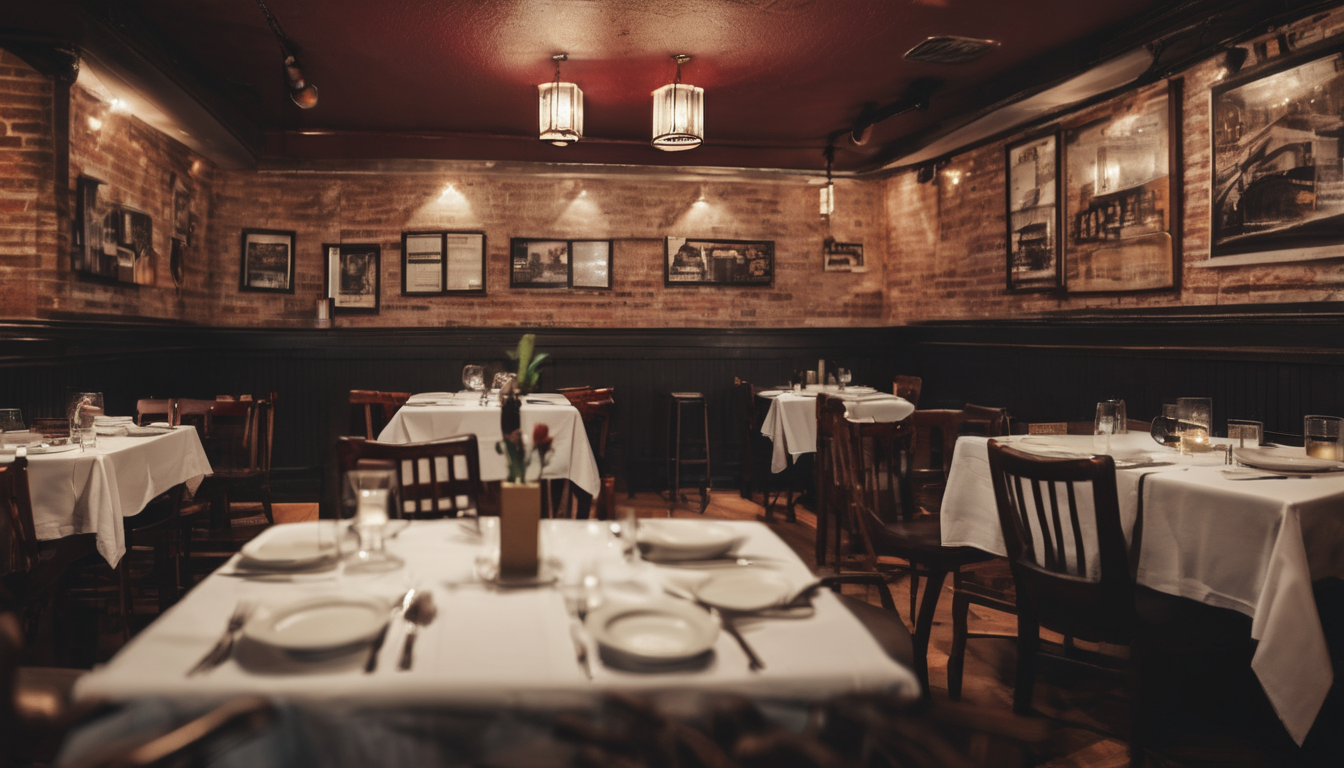
Eating with Hands: Indian Tradition in NYC – Your Practical Guide for 2024
If you’re new to New York and craving that authentic Indian experience of eating with your hands, you’re probably wondering where and how to do it without fuss. Here’s the thing though—NYC’s Indian food scene is vast, but eating with hands isn’t always straightforward, especially if you want to do it comfortably, respectfully, and without a mess. As of November 2024, here’s what I’ve learned living in Queens and navigating this tradition daily.
Where to Eat with Your Hands in NYC: Three Tried-and-True Spots
This neighbourhood is a goldmine for Indian food lovers. At places like Dosa Delight (74-10 Roosevelt Ave), they openly encourage eating with hands, providing clean banana leaves as plates and plenty of hand-washing stations. The subway stop here is the 74th St-Roosevelt Avenue (E, F, M, R, 7 trains), making it super accessible.
Around here, spots like Adda Indian Canteen on 31st Street are more formal, so using your hands is a bit of a mixed bag. However, some casual eateries nearby, such as The MasalaWala (28 E 28th St), offer thalis and encourage the hand-eating tradition. Subway stops at 28th Street (6 train) or 33rd Street (6 train).
Though better known for Chinese and Korean food, Flushing has decent Indian joints like Punjabi Tandoor (135-30 Roosevelt Ave). They’re relaxed about hand-eating, but note that hand-washing stations are less common here, so be prepared to use the restroom sink. The closest subway is Roosevelt Avenue (7 train).
The Real Deal: What You’ll Need to Eat with Your Hands Comfortably
Eating Indian dishes with your hands is a beautiful tradition, but NYC restaurants vary in how prepared they are for it. Here’s a quick checklist to help you get started without any awkward moments:
Insider Tips You Won’t Find in Guides
Instead of taking the usual 7 train to 74th St, try the E or F trains to Jackson Heights-Roosevelt Ave station. It’s less crowded on weekdays and closer to some hidden gems like Dosa Delight.
Weekdays between 2 pm and 4 pm are perfect if you want to avoid the lunch rush and have more space to comfortably eat with your hands. Weekend evenings get too packed, and you might feel rushed.
Some places run out of napkins or wipes quickly. Having a personal
Common Mistakes and Cultural Solutions
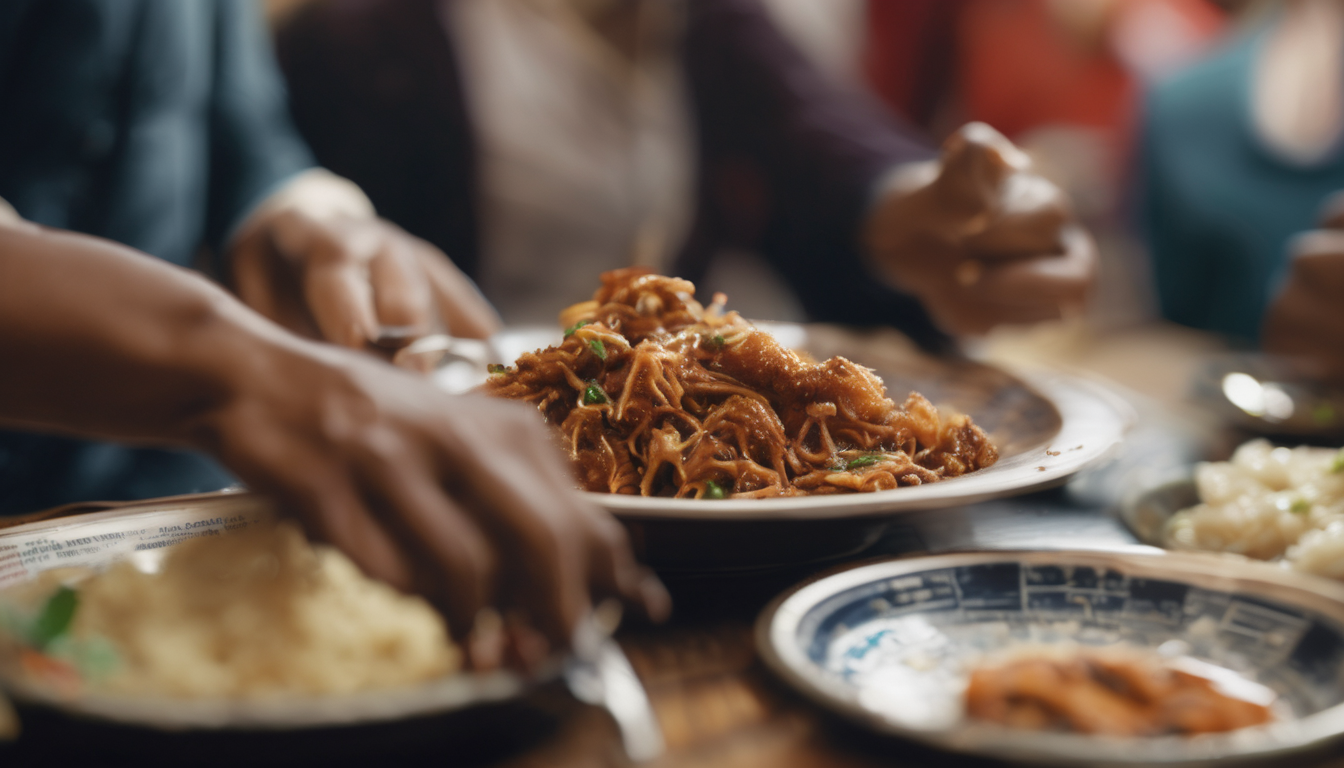
Eating with Hands: Indian Tradition in NYC – Your Practical Guide for November 2024
You’ve just landed in New York City, craving that authentic Indian experience of eating with your hands—but where do you start? Eating with hands is more than just a tradition; it’s a ritual that connects you to your roots and the food itself. However, adapting this practice in NYC comes with its own set of challenges, especially when you’re juggling the subway, city hygiene standards, and fast-paced life. As someone living in Queens and navigating this daily, here’s a no-fluff guide to help you eat with hands comfortably and confidently in the city that never sleeps.
Where to Eat Indian Food You Can Eat with Hands (Without Fuss)
First off, not every Indian restaurant in NYC encourages or is set up for eating with your hands. Here are three spots where you can genuinely enjoy this tradition — and what you need to know about each:
| Location | Cross Streets & Subway | What to Expect | Cost (Nov 2024) |
|---|---|---|---|
| Bhatti Indian Grill | Queens Blvd & 74th Ave, Forest Hills (E, F trains) | Casual, family-friendly, with thalis served on banana leaves which are perfect for hand-eating | $15–$25 per thali |
| Chote Nawab | Lexington Ave & 45th St, Midtown East (6 train) | Traditional North Indian fare, where staff don’t mind if you eat with hands; napkins and hand wipes provided | $20–$30 for main dishes |
| Jackson Dosa | 37th Ave & 74th St, Jackson Heights (7 train) | South Indian focus, ideal for hand-eating dosas, idlis, and chutneys; very local vibe | $10–$18 |
Quick tip: The Jackson Heights area is your best bet for authentic South Indian snacks eaten by hand, while Forest Hills and Midtown offer more varied options with a slight uptick in prices.
How to Prepare Yourself for Eating with Hands in NYC
Here’s the thing though: NYC isn’t always as hand-friendly as back home. You’ll want to plan ahead. Here’s a simple checklist to make your hand-eating experience smooth:
Insider Tips From a Queens Local
Here are some nuggets I’ve picked up over the past six months that actually save time and frustration:
What’s Confusing or Frustrating?
Despite the rich Indian presence, NYC restaurants vary wildly in their approach to eating with hands. Some places frown upon it or don’t provide facilities to clean up afterwards, which can leave you juggling wet wipes and tissues awkwardly. Also, many staff don’t clarify in advance whether hand-eating is welcome, so you sometimes feel like you’re breaking a rule just by doing it. Plus, the subway ride home after a hand-eaten meal can get messy if you don’t plan washing hands beforehand.
Here’s a money-saving tip to keep things tidy and easy: buy a small, reusable hand towel from any Queens market for under $5. It’s eco-friendly and way more absorbent than wipes. Keep it in your bag for a quick clean-up after meals—trust me, it’s a game-changer.
Eating with hands in NYC’s Indian spots isn’t complicated once you know where to go, how to prepare, and what to expect. It reconnects you not just with the food but with your community. So next time you’re craving that authentic feel, you’ll know exactly how to dive in—without the mess or stress.
You now have a clear understanding of how eating with hands is an integral part of Indian culture in NYC, allowing you to enjoy authentic dining experiences with confidence and respect for tradition. Whether you’re a first-timer or looking to deepen your appreciation, you’ll find this practice enriches your connection to Indian cuisine and its customs.
Your first step is to visit a recommended Indian restaurant in NYC that encourages traditional dining methods. Plan your visit for a weekend evening or during lunch hours to fully immerse yourself and observe the proper etiquette firsthand.
Got any questions about the proper technique or cultural significance? Share your thoughts in the comments! For more tips on Indian dining customs and where to experience them in NYC, check out our detailed guide on indonewyork.com.

